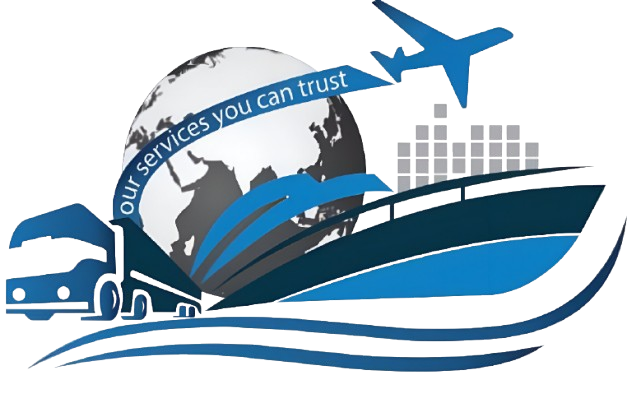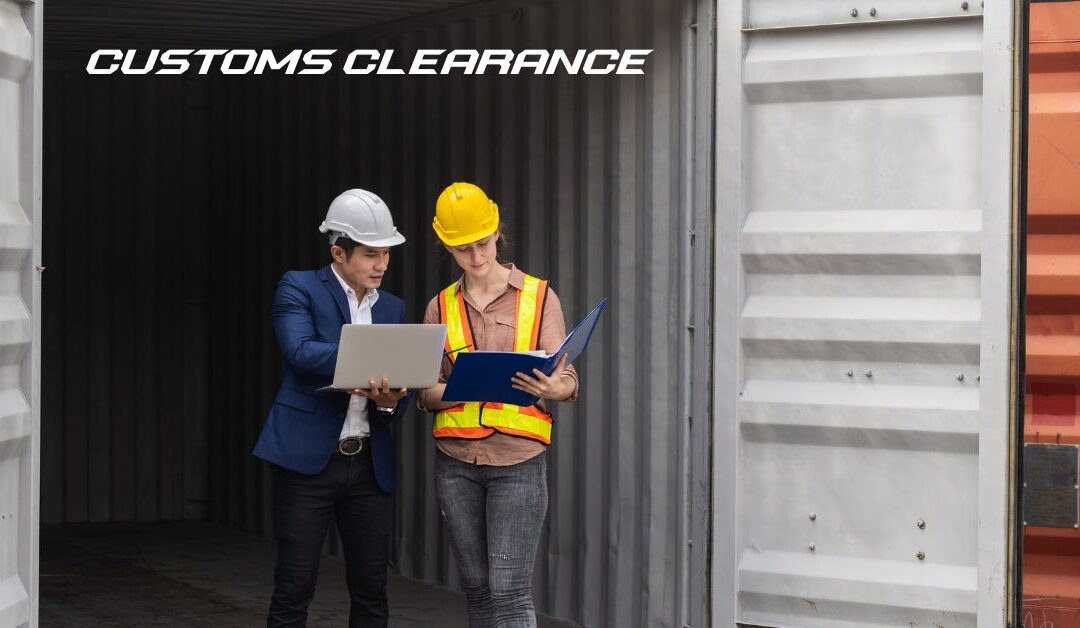International shipping is more than moving goods from one country to another. Every shipment must pass through customs, where authorities check that it complies with the laws of the importing country. This process, known as customs clearance, can feel overwhelming for beginners. Understanding it step by step makes international trade smoother, prevents delays, and avoids unnecessary costs. This guide explains customs clearance in detail, breaking down its purpose, procedures, and the best practices for shipping goods across borders.
What is Customs Clearance
Customs clearance is the official process of moving goods across international borders. It involves submitting documentation, paying duties and taxes, and ensuring the shipment complies with the laws of the importing and exporting countries. Customs officers verify that the cargo is safe, legal, and accurately declared. Only after clearance can the goods be released for delivery. Without successful customs clearance, international trade would stall, leaving shipments stuck at ports, airports, or warehouses.
Why Customs Clearance is Important
Customs clearance matters because it protects national economies and ensures compliance with trade regulations. Governments rely on customs duties and taxes as a source of revenue. Customs checks also safeguard consumers by preventing the entry of restricted, unsafe, or counterfeit goods. For businesses, smooth customs clearance is critical because delays can lead to missed deadlines, lost sales, and higher storage costs. For individuals, it ensures their international purchases arrive without unnecessary complications.
Key Parties Involved in Customs Clearance
Several parties play an important role in the customs process. The importer is the individual or company receiving the goods, while the exporter is the one sending them. Customs brokers act as intermediaries, preparing and submitting documents on behalf of businesses or individuals. Freight forwarders arrange the transport of goods and often coordinate with customs brokers. Customs authorities in each country review documentation, assess duties, and release or hold shipments depending on compliance. Together, these parties form the backbone of international shipping.
Required Documents for Customs Clearance
Documentation is central to customs clearance. The most common document is the commercial invoice, which details the goods, their value, and the parties involved. A packing list outlines the contents of the shipment, including weights and dimensions. The bill of lading or airway bill is proof of the transportation contract and is issued by the carrier. Some shipments require a certificate of origin to show where the goods were manufactured. Depending on the product, additional documents such as health certificates, import licenses, or inspection certificates may be necessary. Missing or inaccurate documents are one of the main reasons shipments are delayed at customs.
The Process of Customs Clearance
The customs clearance process follows a structured path. First, documents are submitted to the customs authorities of the importing country. Customs officers then review the paperwork to ensure accuracy. Next, they assess the duties and taxes owed, which are usually based on the product’s classification and declared value. Shipments may be selected for inspection to verify that the goods match their description and comply with regulations. Once duties and taxes are paid and the shipment passes inspection, customs releases the goods for delivery. Although the process sounds simple, delays often arise when paperwork is incomplete, or duties are disputed.
Customs Duties and Taxes Explained
Duties and taxes are central to customs clearance. Duties are tariffs imposed on imported goods and vary depending on the type of product and country of origin. Taxes, such as value-added tax (VAT) or sales tax, are charged based on the product’s value. The Harmonized System (HS) code, a standardized international classification, determines the duty rate for each type of product. Importers must understand the applicable duties and taxes to avoid surprises. Paying these charges promptly is essential to prevent delays in customs release.
Common Challenges in Customs Clearance
Many beginners find customs clearance challenging because of its complexity. Misclassification of goods is a common problem. Incorrect HS codes can lead to higher duties, fines, or shipment rejections. Another frequent issue is undervaluing goods to reduce duties, which can result in penalties if discovered. Some shipments face delays because the required permits or licenses were not obtained in advance. In addition, language barriers and varying regulations across countries can complicate the process. Understanding these challenges helps shippers prepare better and avoid costly mistakes.
The Role of Customs Brokers
Customs brokers are licensed professionals who specialize in navigating the customs process. They prepare and submit documentation, calculate duties and taxes, and communicate with customs authorities on behalf of their clients. For businesses shipping internationally on a regular basis, customs brokers are invaluable. They not only save time but also reduce the risk of errors. Beginners, in particular, benefit from working with a broker because the learning curve for customs clearance can be steep.
How Technology is Transforming Customs Clearance
Technology has made customs clearance more efficient in recent years. Many countries now use electronic data interchange (EDI) systems, allowing documents to be submitted digitally. Online portals provide real-time updates on shipment status, while automated classification tools help importers assign accurate HS codes. Artificial intelligence and data analytics are being used to predict risks and identify shipments that may require additional scrutiny. These innovations reduce paperwork, shorten clearance times, and improve transparency, making international shipping less intimidating for beginners.
Customs Clearance for E-commerce Shipments
E-commerce has fueled a surge in small international shipments, often sent directly to consumers. Customs clearance for e-commerce is slightly different from large commercial shipments. Many countries have a de minimis threshold, under which goods are exempt from duties and taxes. For example, small online purchases may pass through customs with minimal checks. However, as cross-border online shopping grows, authorities are tightening rules to ensure taxes are collected. Online sellers must stay informed about these changes to keep customers satisfied and avoid delays.
How to Prepare for Smooth Customs Clearance
Preparation is key to smooth customs clearance. Importers should research the regulations of the destination country before shipping. Proper classification and accurate valuation of goods reduce the risk of disputes. All required documents must be completed and submitted promptly. Duties and taxes should be budgeted for and paid without delay. Choosing reliable logistics providers and customs brokers further simplifies the process. When businesses and individuals plan ahead, customs clearance becomes a predictable and manageable step rather than an obstacle.
Customs Regulations Around the World
Each country has its own customs regulations, shaped by trade policies, economic needs, and security concerns. The European Union, for instance, follows a common customs framework for all member states. The United States has strict requirements for security and documentation. Developing countries may have less predictable customs systems, where delays and inspections are more common. Understanding the differences between countries is essential for successful international trade. Beginners should focus on learning the specific requirements of the markets they plan to ship to most frequently.
Avoiding Delays at Customs
Delays at customs are frustrating but often preventable. Most delays are caused by incomplete paperwork, unpaid duties, or inaccurate product descriptions. Double-checking documents before shipment reduces the chances of rejection. Providing clear and honest information about the goods helps customs officers process shipments faster. Working with experienced freight forwarders or customs brokers adds another layer of security. By addressing these common pitfalls, shippers can significantly reduce the likelihood of their goods being held at customs.
The Future of Customs Clearance
The future of customs clearance is likely to be faster and more transparent. Governments are investing in digital platforms to handle growing trade volumes. Blockchain technology is being explored to create secure and tamper-proof records of shipments. Artificial intelligence may soon automate much of the classification and risk assessment process. These developments will benefit both businesses and consumers by reducing delays and costs. However, the fundamentals of customs clearance—accurate documentation, compliance with regulations, and payment of duties—will always remain central to international shipping.
Final Thoughts
Customs clearance is often seen as one of the most complicated parts of international shipping, but with the right preparation it becomes manageable. Understanding the process, knowing the required documents, and working with professionals where needed can make the difference between a delayed shipment and a smooth delivery. For beginners, learning about customs clearance is an essential step toward successful international trade. As global commerce continues to expand, the ability to navigate customs efficiently will remain a vital skill for businesses and individuals alike.

